A New Era for Global Club Football
FIFA has officially unveiled the financial details for the 2025 Club World Cup, marking a watershed moment in the history of club football. With an unprecedented $1 billion prize pool, the expanded 32-team tournament promises to revolutionize the economics of the global game. This article provides an in-depth analysis of the prize distribution, the strategic thinking behind FIFA’s decision, and the potential implications for clubs, players, and the football ecosystem at large.
Breaking Down the $1 Billion Prize Money
1. Participation Fees: $500 Million for All Clubs
The foundation of FIFA’s prize structure allocates $500 million to be distributed among all 32 participating clubs. However, this isn’t an equal split:
- Tiered Distribution Model:
- Elite clubs with stronger sporting pedigrees and larger global followings (e.g., Manchester City, Real Madrid, Bayern Munich) will receive significantly higher base payments.
- Smaller clubs, particularly those from less commercially developed regions, will get smaller but still substantial shares.
- Rationale: This model, developed in collaboration with the European Club Association (ECA), acknowledges the market realities of modern football, where top clubs drive the majority of commercial revenue.
2. Performance-Based Bonuses: $475 Million Up for Grabs

The remaining $475 million will be awarded based on sporting performance:
- Group Stage:
- Teams earn incremental bonuses for each win and draw.
- Advancing to the knockout rounds triggers additional payouts.
- Knockout Rounds:
- Quarterfinalists, semifinalists, and finalists will see their earnings multiply.
- The champions can accumulate up to $125 million in total prizes—the largest single payout in club football history.
- Maximum Potential Earnings:
- A dominant team that wins all seven matches could take home $125 million, combining participation fees and performance bonuses.
3. Remaining $25 Million: Solidarity & Operational Costs
The leftover funds will likely be used for:
Read also: “2026 World Cup Qualifiers: Nigeria Soars, South Africa Tops Group C, and More Friday Results”
- Solidarity payments to smaller clubs or leagues.
- Tournament operations, including logistics, security, and fan engagement initiatives.
Why Is FIFA Investing So Heavily?
1. Elevating the Club World Cup’s Prestige
Historically, the Club World Cup has been seen as a secondary competition compared to the UEFA Champions League. By injecting $1 billion in prizes, FIFA aims to:
- Attract the best players (who might otherwise prioritize domestic leagues).
- Increase viewership and sponsorship value.
- Position the tournament as a must-win event alongside the Champions League and domestic titles.
2. Competing with Domestic Leagues
Top clubs often face fixture congestion, leading them to rotate squads in less lucrative tournaments. By offering Champions League-level payouts, FIFA hopes to ensure full-strength teams compete.
3. Expanding Football’s Global Footprint
The 2025 edition in the United States is a strategic move to grow the sport in a key market. High stakes and superstar players will help capture American audiences ahead of the 2026 FIFA World Cup.
Which Clubs Benefit the Most?
European Powerhouses: The Big Winners
- Real Madrid, Manchester City, Bayern Munich, PSG
- These clubs will receive the highest base fees due to their commercial appeal.
- Strong performances could see them earn over $100 million.
Non-European Contenders: A Rare Opportunity
- Flamengo (Brazil), Al Hilal (Saudi Arabia), Mamelodi Sundowns (South Africa)
- While their base payments will be lower, a deep run could still yield $50M+.
- This is a game-changing payday for clubs outside Europe’s financial elite.
Potential Financial Impact
- For context, winning the Premier League earns a club ~$180M.
- The Club World Cup could soon rival domestic leagues in financial importance.
Controversies & Challenges
1. Fixture Congestion Concerns
- Many top players already face 70+ games per season.
- Adding another high-stakes tournament risks player burnout and injuries.
2. Inequality in Distribution
- Critics argue the tiered model favors wealthy European clubs, widening football’s financial gap.
- Smaller clubs may struggle to compete on and off the pitch.
3. Will Clubs Take It Seriously?
- If domestic leagues and UCL remain priorities, some teams might field weakened squads.
- FIFA may need to enforce participation rules to ensure competitiveness.
The Future of Club Football
The 2025 Club World Cup could mark the beginning of a new football economy, where:
✅ Global tournaments rival domestic leagues in prestige and payouts.
✅ Elite clubs earn even more, but smaller teams get rare financial boosts.
✅ Player salaries and transfer fees inflate further due to increased revenue streams.
Final Verdict: A Bold Gamble by FIFA
By offering $125M to the winners, FIFA is making a clear statement: The Club World Cup is no longer an afterthought.
Will it work?
- If top clubs compete at full strength, the tournament could become football’s next crown jewel.
- If fixture congestion leads to withdrawals or weakened teams, it may struggle for legitimacy.
One thing is certain: The 2025 Club World Cup will be the most financially significant edition ever.



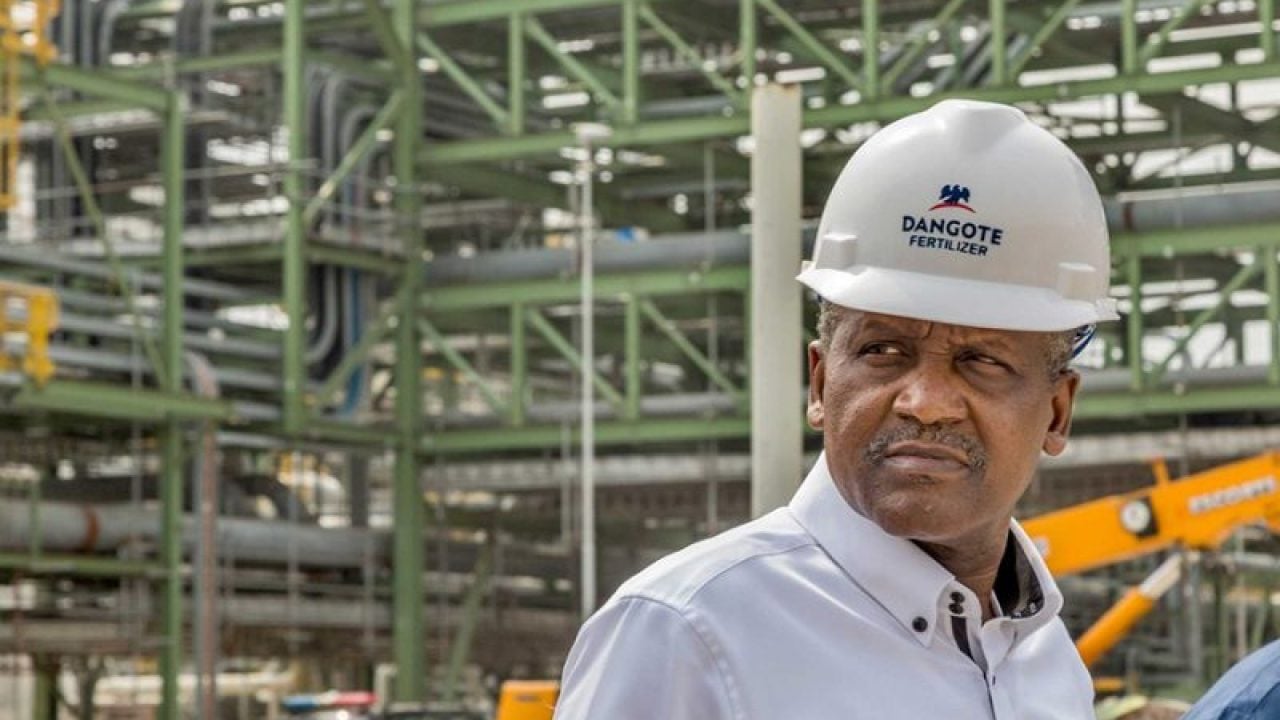

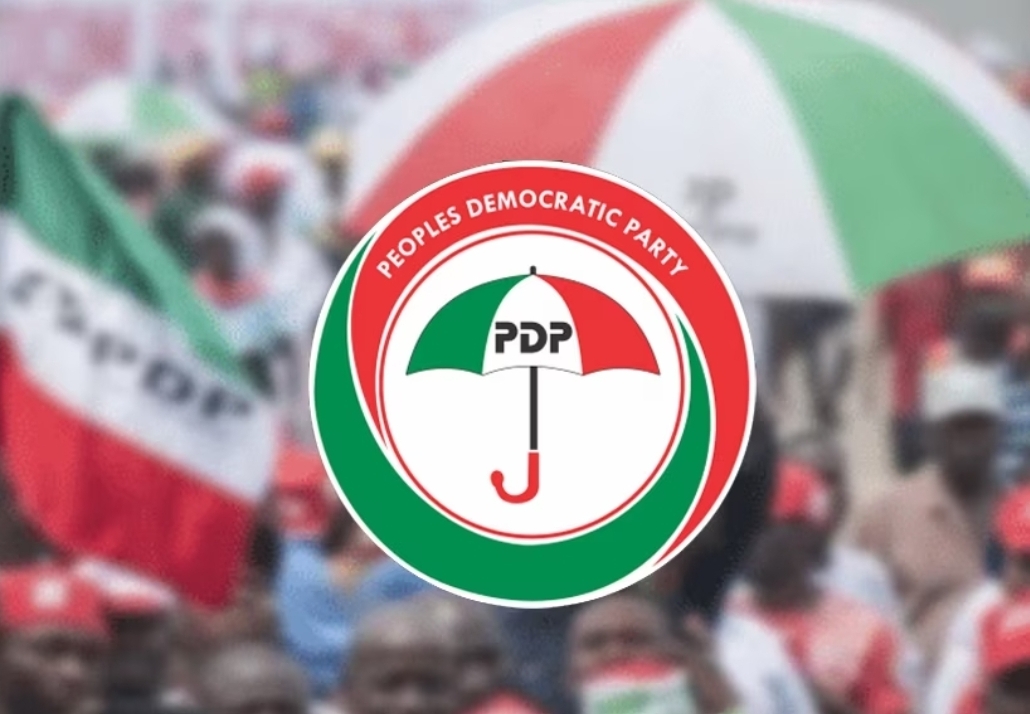
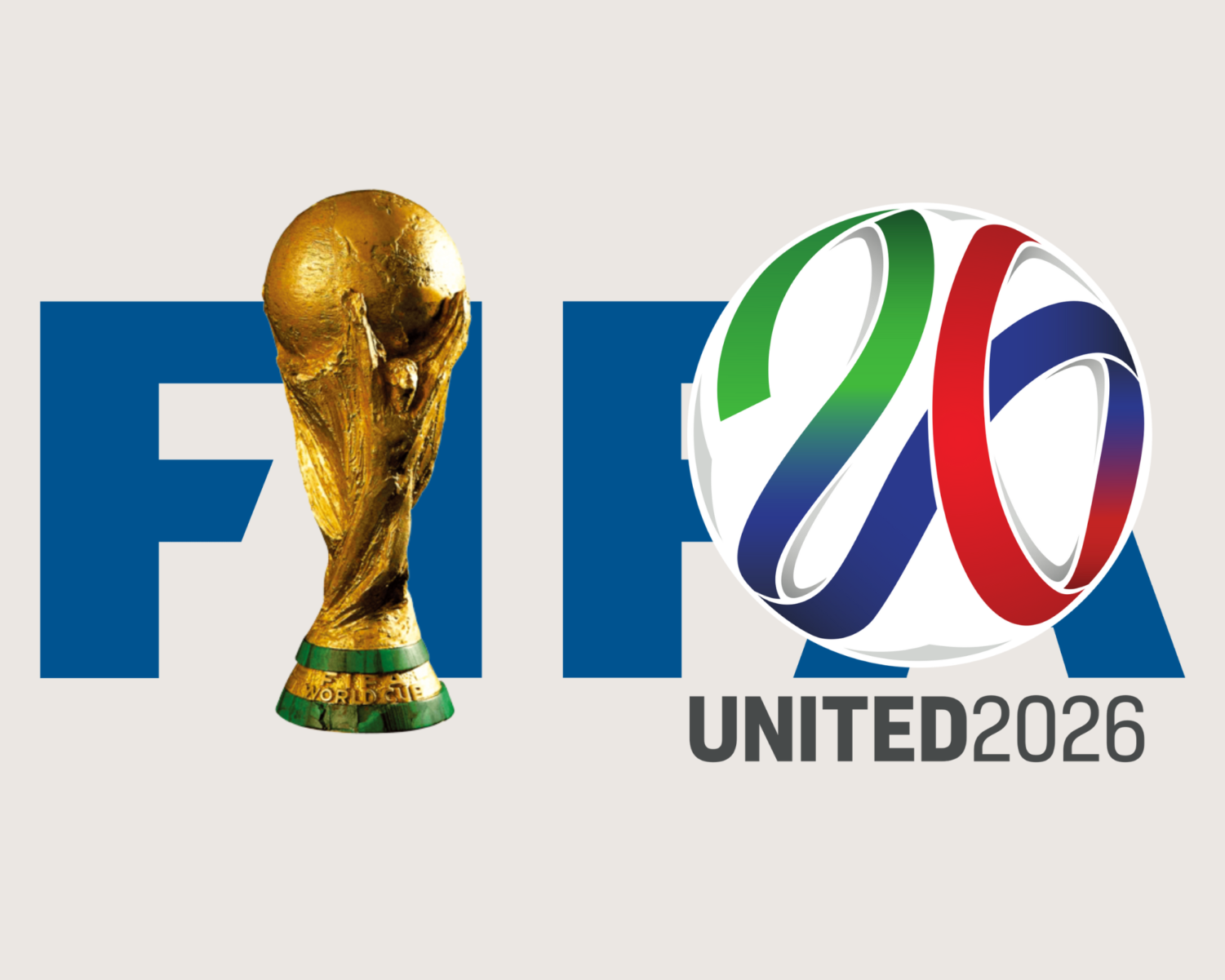
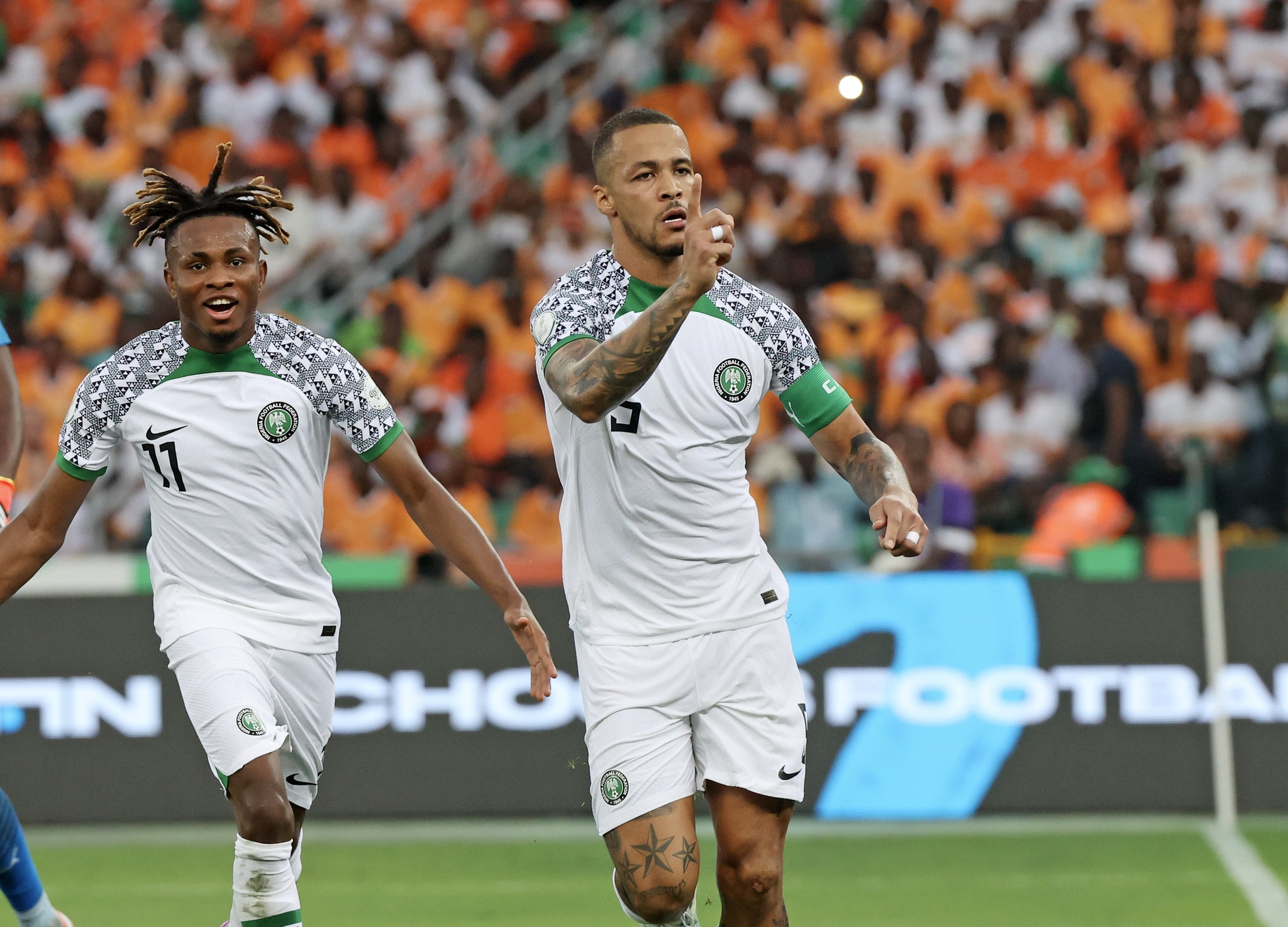


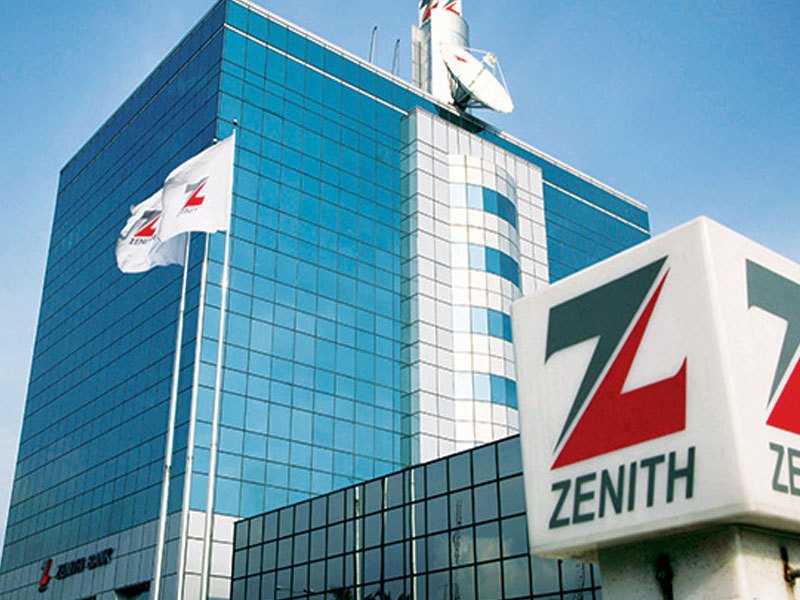
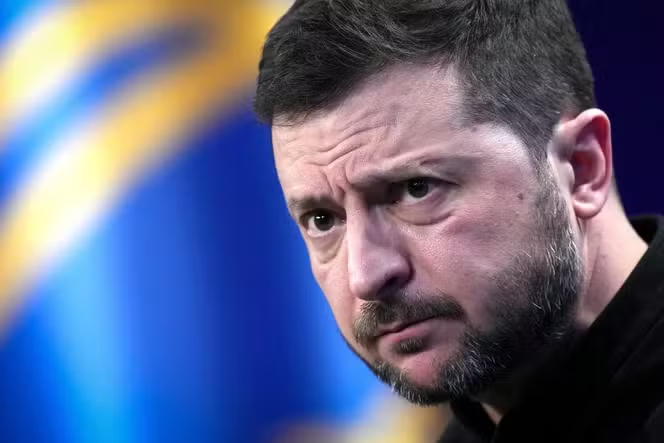



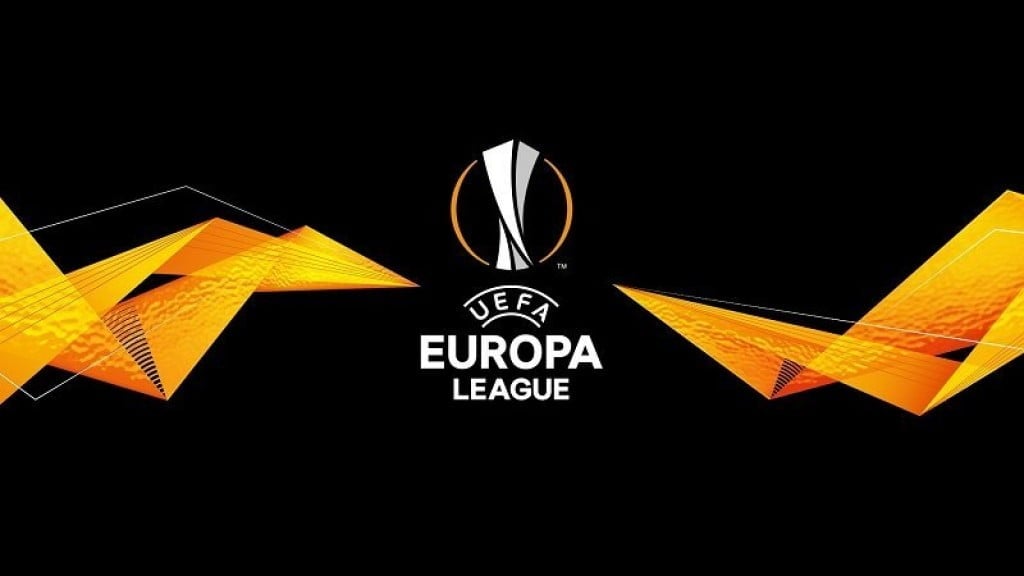
Got a Questions?
Find us on Socials or Contact us and we’ll get back to you as soon as possible.